ZenStack - The Next Chapter (Part II. An Extensible ORM)

In the previous post, we discussed the general plan for ZenStack v3 and the big refactor. This post will explore the extensibility opportunities the new architecture brings to the core ORM.

In the previous post, we discussed the general plan for ZenStack v3 and the big refactor. This post will explore the extensibility opportunities the new architecture brings to the core ORM.

Back in late 2022, when Jiasheng and I discussed how to make building web apps less painful, we initially thought of building something for people without a programming background. We eventually couldn't convince ourselves it could work, so we decided to take a step back and try to make developers' lives easier. That "step back" became the start of ZenStack.
The past two and half years have been full of joy and fulfillment. By building the tool, seeing how people use it, and learning what works and what doesn't, we've got a better understanding of the intricacy of "easy". What people need is not just writing less code or shipping faster, but rather an inexplicable balance between low cognition burden and high flexibility. We are probably on the right track to solving the problem, but there's still a long way ahead. While considering what to do in V3, we think it's a good time to better align ZenStack's architecture with the ultimate goal.
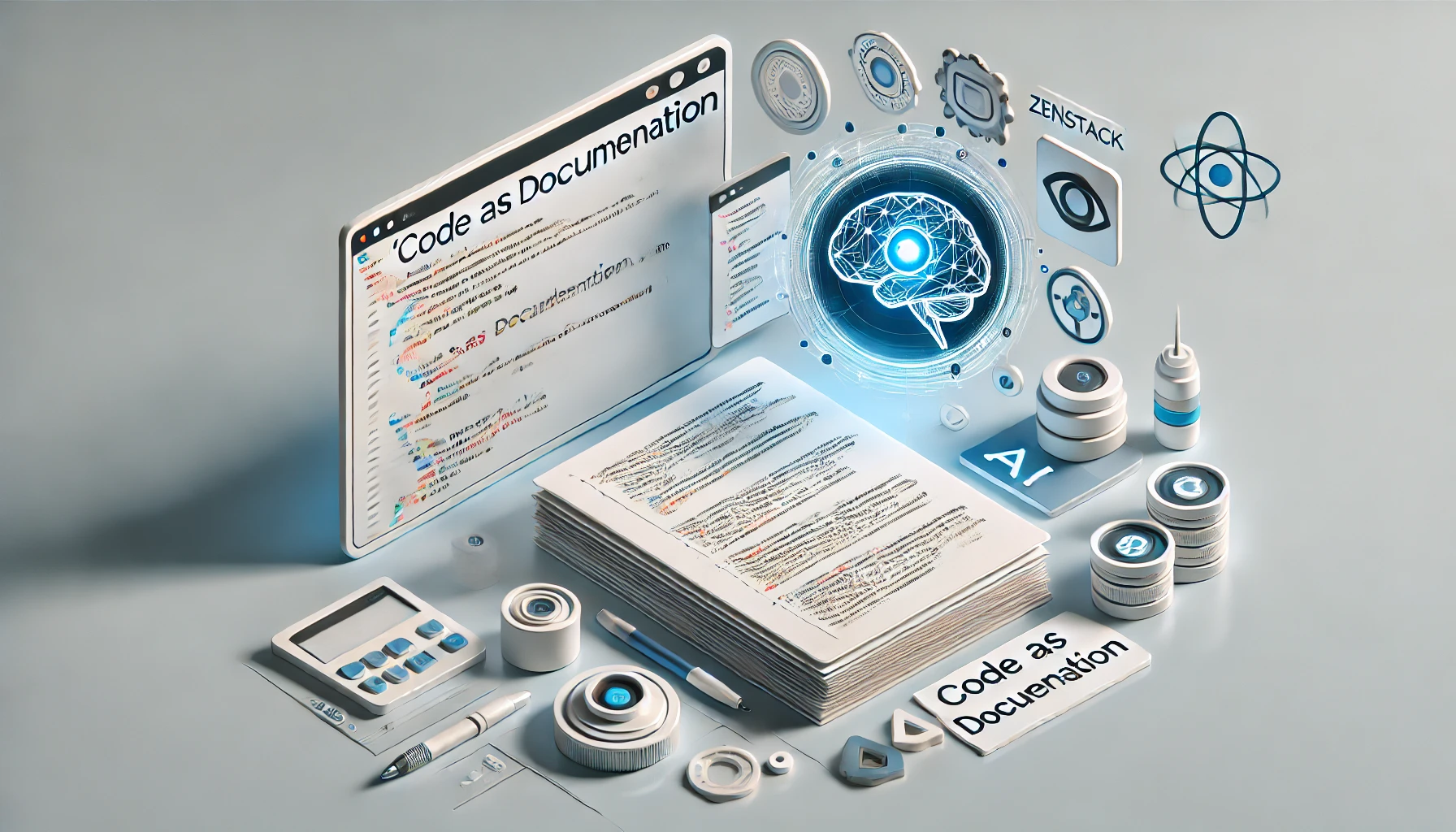
If you have ever worked as a developer in a large company, you know that coding is just one small part of the daily responsibilities. One of Google's full-stack software engineers, Ray Farias, once estimated that developers write about 100-150 lines of code per day at Google. While this estimate may vary across different teams, the order of magnitude matches my observations as a developer at Microsoft.
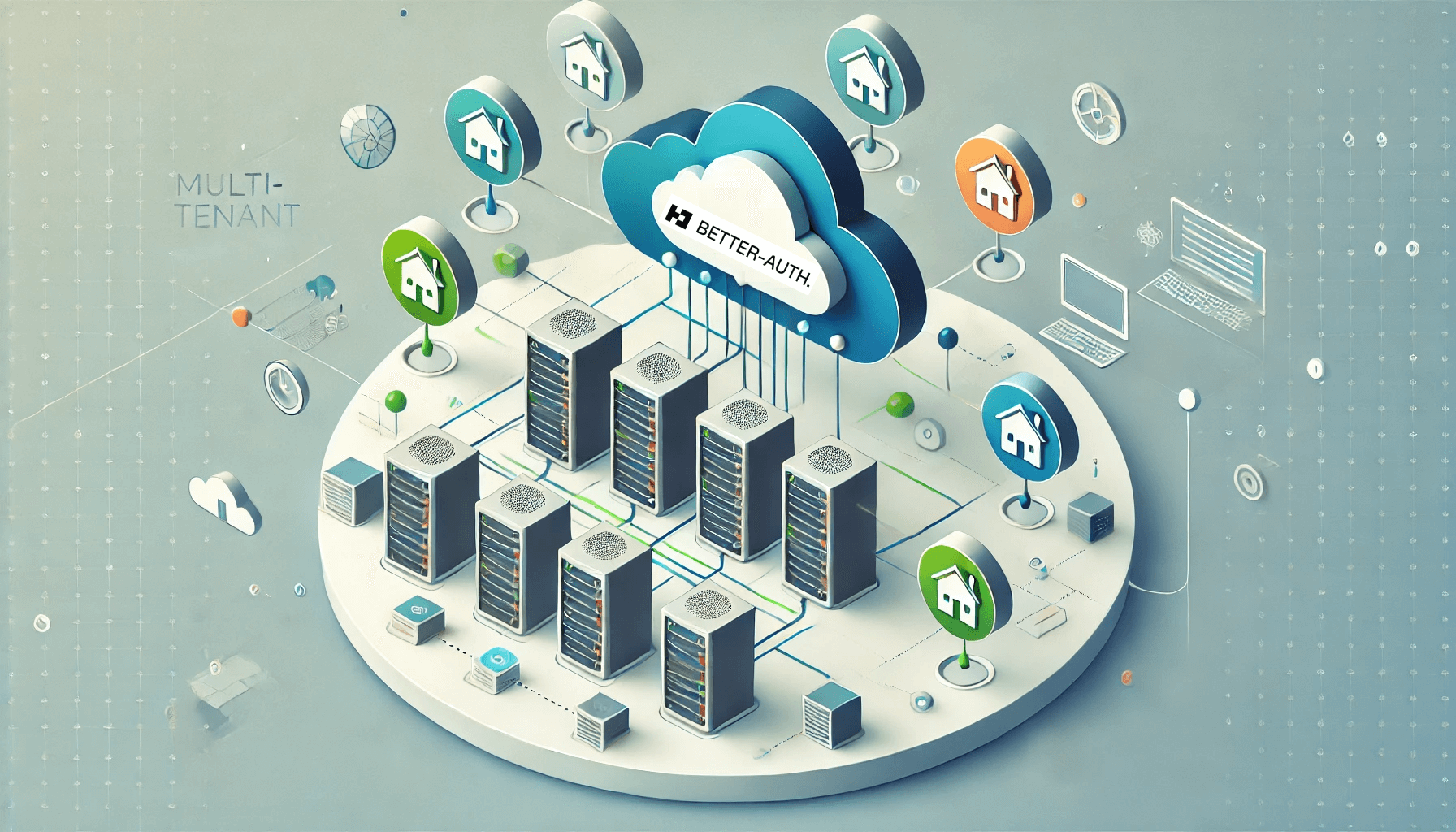
Building a full-fledged multi-tenant application can be very challenging. Besides having a flexible sign-up and sign-in system, you also need to implement several other essential pieces:
It sounds like lots of work, and it indeed is. You may have done this multiple times if you're a veteran SaaS developer.
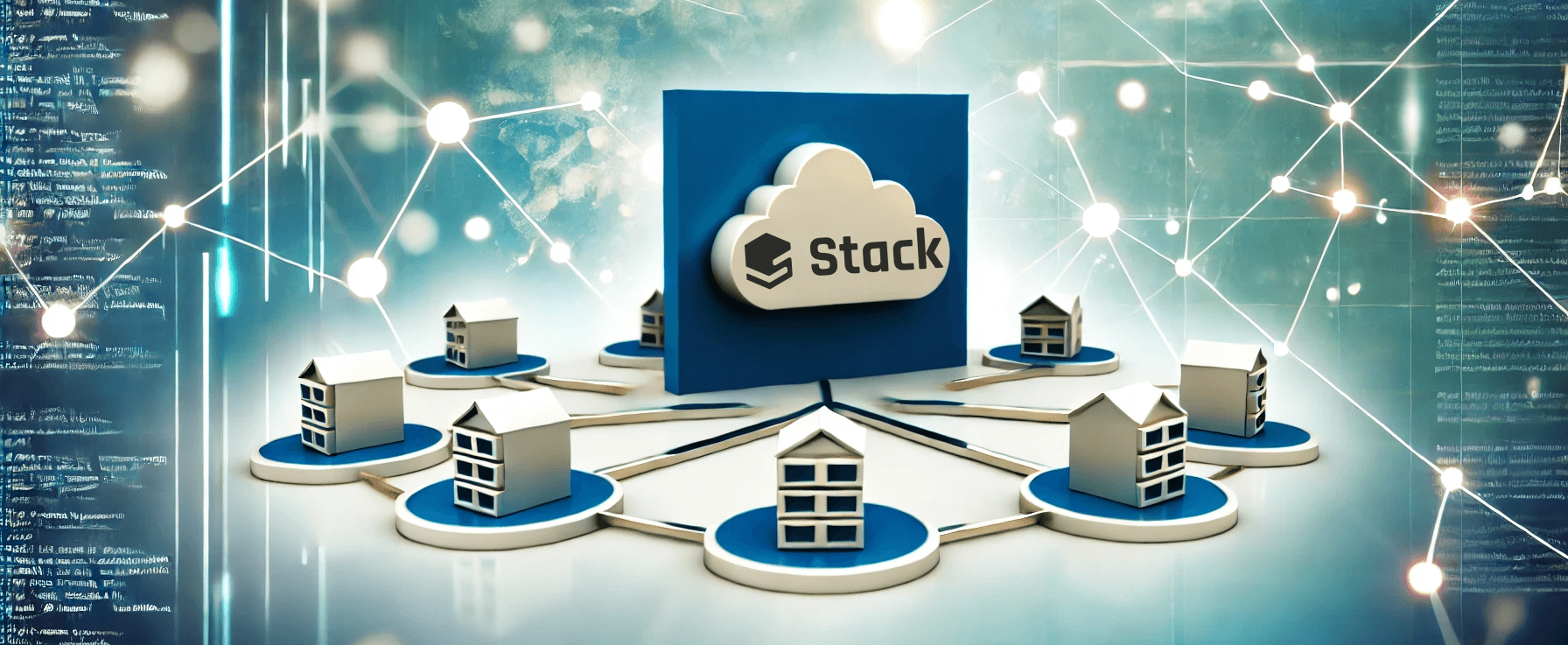
Building a full-fledged multi-tenant application can be very challenging. Besides having a flexible sign-up and sign-in system, you also need to implement several other essential pieces:
It sounds like lots of work, and it indeed is. You may have done this multiple times if you're a veteran SaaS developer.

Building a full-fledged multi-tenant application can be very challenging. Besides having a flexible sign-up and sign-in system, you also need to implement several other essential pieces:
It sounds like lots of work, and it indeed is. You may have done this multiple times if you're a veteran SaaS developer.
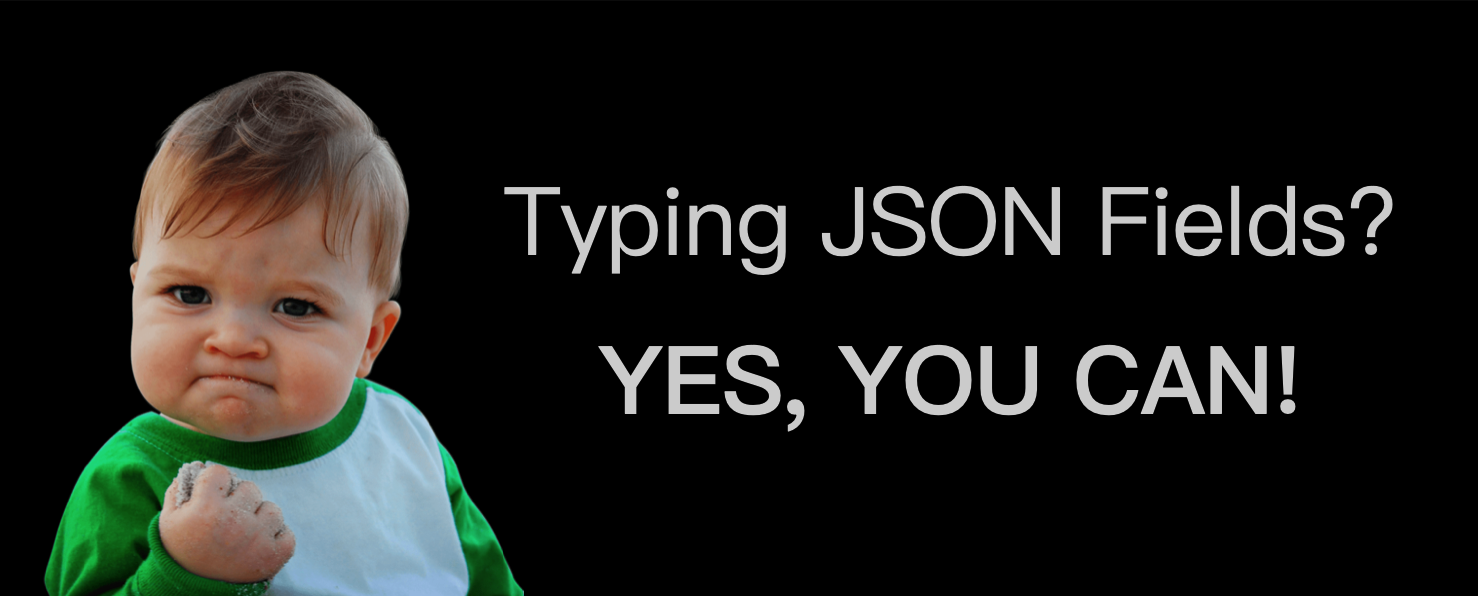
SQL databases provide us with many benefits, the most important of which is strong schema enforcement. Yes, you pay the cost of migration when the schema changes, but the gain is far more significant - your code is clean because it can assume all data are in correct shapes.
However, once in a while, we want to break free from such strong guarantees for valid reasons. You may have some tiny objects that you want to attach to the main entities (e.g., metadata of an image) without formalizing them into a separate table. Or you need to store records with many possible sparse fields but want to avoid creating wide tables.

"Programming is dead."
A friend said so when he heard I was working on dev tools. It was right after LLM’s coding abilities shocked the world. He felt it pointless to continue building tools for human programmers anymore when AI is taking over this profession. You'll never be wrong by predicting without attaching a time frame. Dead when? At least for the time being, the emergence of generative AI has introduced more work for programmers, some more difficult than before.
Whether AI will replace human developers is too big a topic to tackle. However, we can keep an open mind and explore different roles that AI can play in software development. Let's conduct thought experiments to imagine what each means to us.
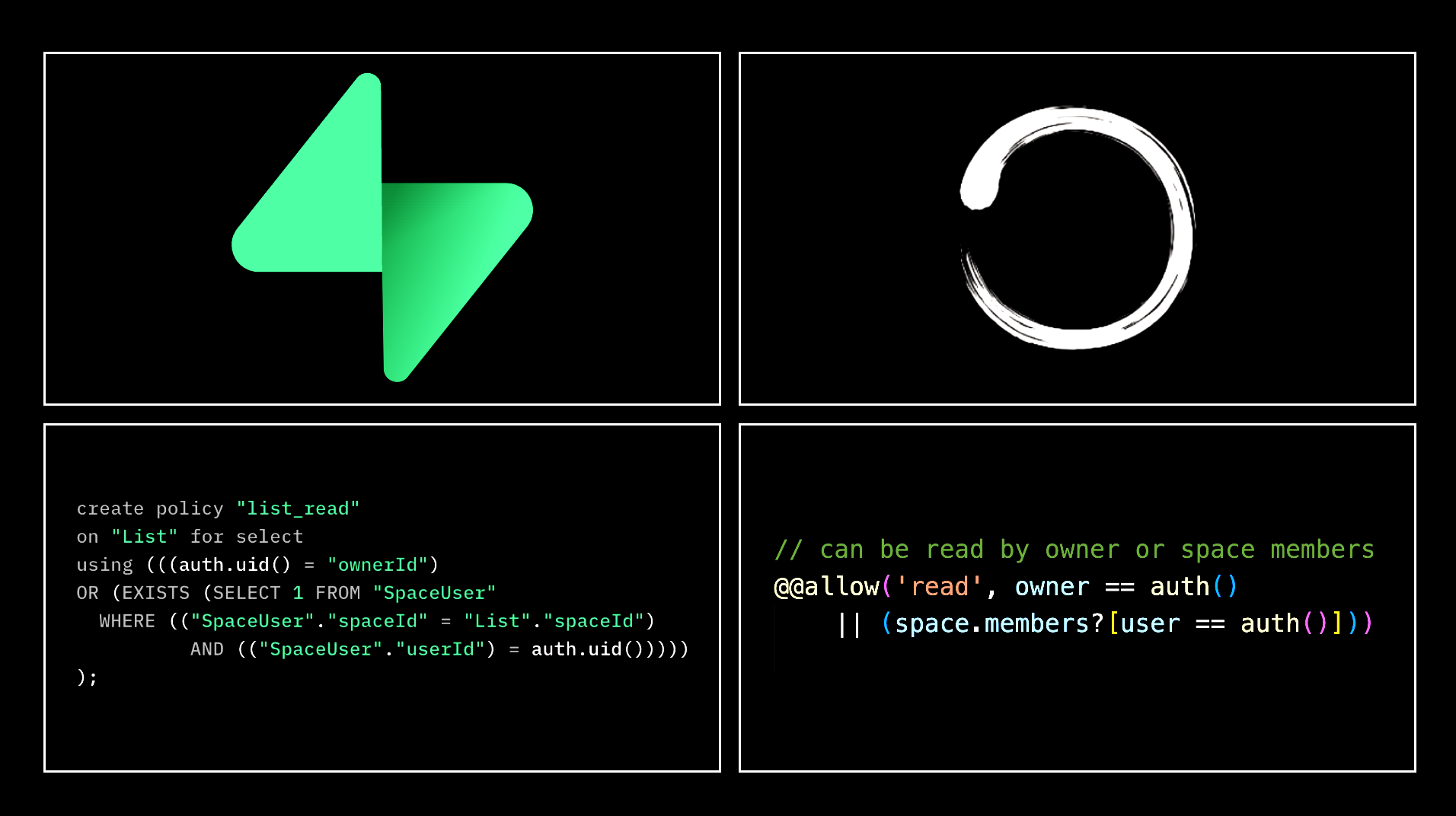
In the early days of web and mobile app development, building a backend from scratch was laborious and error-prone. Developers had to manage servers, databases, and infrastructure and ensure scalability while writing the core business logic of their applications. Then came BaaS(Backend-as-a-Service), promising to liberate developers from this burden.

React Table, or more precisely, TanStack Table is a headless table UI library. If you're new to this kind of product, you'll probably ask, "What the heck is headless UI"? Isn't UI all about the head, after all? It all starts to make sense until you try something like React Table.